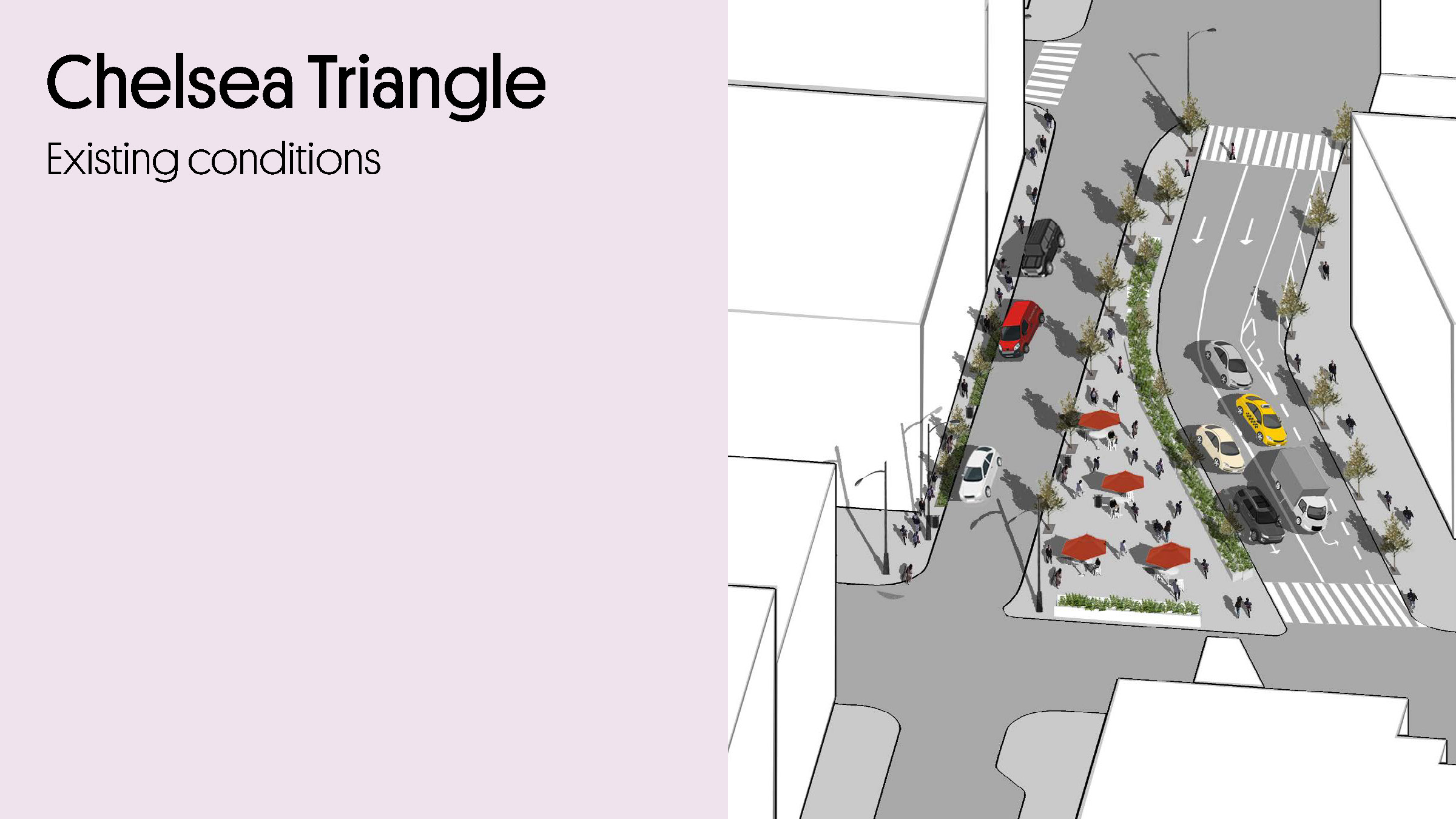City as Assemblage 2019
Deisign Studio

Reimagining Porta Genova Rail Station Area in Milan / Meatpacking District New York
As the financial capital of Italy, Milan has a remarkable concentration of industrial, commercial and service activities. It is also a capital of the fashion and design industry and a cosmopolitan cultural hub lying at the heart of one of the most densely populated regions of Europe. At the end of the 1980s, the municipal government started to implement a series of Urban Renewal Programs (URPs) to transform the city. Seven railyards-Farini, Porta Genova, Porta Romana, Lamnbrate, Greco, Rogoredo and San Cristoforo-have been planned to be decommissioned and returned to urban use. One million square meters is the amount of space that will result. This ambitious project, regulated by an agreement among Sistemi Urbani (the Ferrovie dello Stato’s property development company) the City of Milan, and Regione Lombardia, is going to inject new green space, housing, office space, and cultural facilities into the city’s urban fabric. The transformation of decommissioned infrastructural areas will acquire a strategic importance mending entire sectors of the city that are currently separated by the rail yards.
The focus of the studio will be Porta Genova, located to the southwest of the city center. About 50,000 square meters of land area are slated to be reclaimed – about 60 percent is required by the agreement to be designated as public space and 30 percent of built area for social housing purposes. The railway station of Porta Genova is in the heart of a consolidated urban area: ‘Zona Tortona,’ a former industrial area transformed into a culture hub of the fashion and design industry, and the ‘Navigli,’ a vibrant area of street food and entertainment characterized by its waterways.
The studio will have the academic support of Professors Gabriele Masera and Giuliana Lannaccone of the School of Architecture, Urban Planning, and Construction Engineering at the Politecnico di Milano.UP students will build on the work of their design studio, aiming for both conceptual continuity (urban assemblage) and additional depth through analysis of socioeconomic and political conditions.
General Topic
Academic Year












NEXT
X
Architectural Design Studio
X
